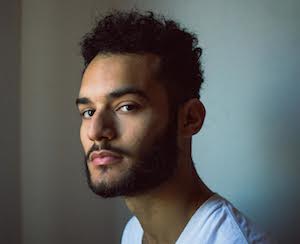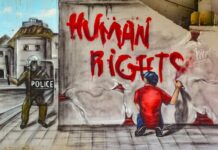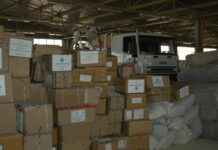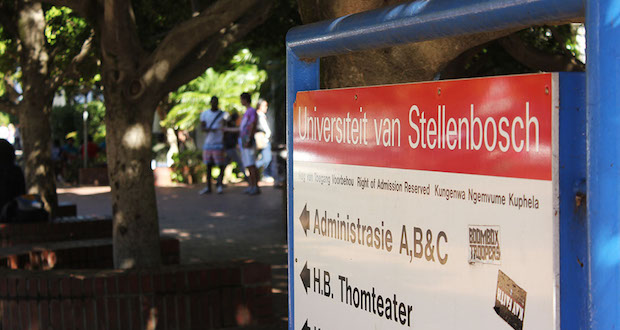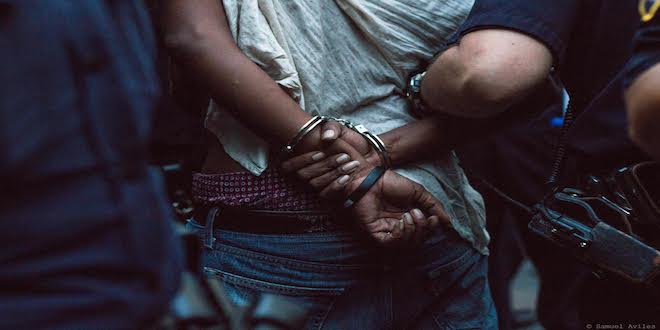
SAMUEL AVILAS writes from New York, where the #BlackLivesMatter protests have almost become a routine following the revelations of the deaths of black men by police. People are tired, he says, tired of having to answer the same questions every time, but especially tired of living in fear of the people who are meant to protect.
Here goes the average American morning.
Get ready for work, cook some breakfast and check news updates for weather, traffic, and black men and women senselessly killed by police.
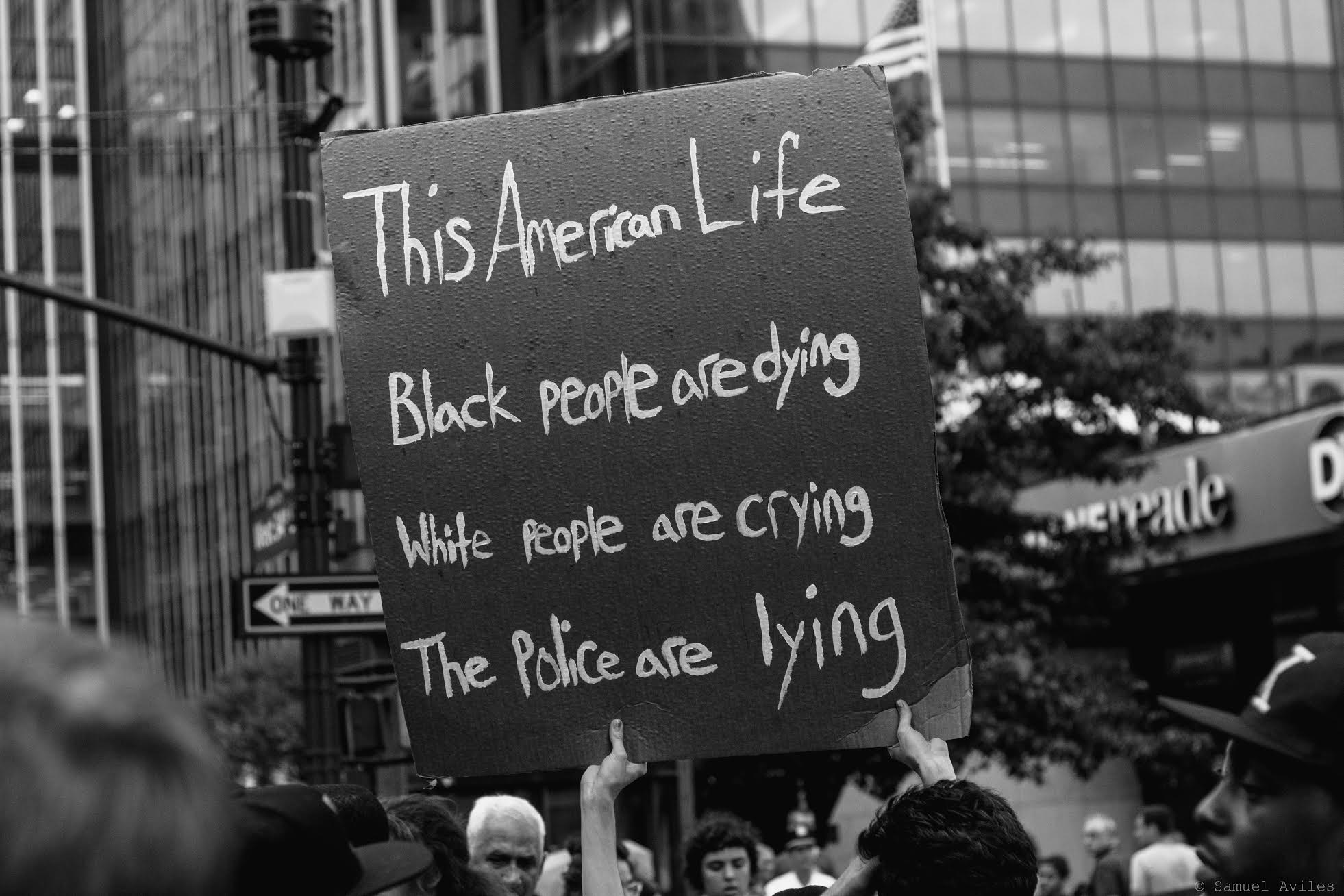
On 7 July, protests erupted all across the United States in response to these murders. In New York the protests started in Manhattan, proceeding all over the city throughout the evening. We were young people of colour shutting down the streets in powerful mass action, but we were tired. It felt like an unnecessary repeat of every other Black Lives Matter protest, something that shouldn’t have to happen again. The police presence was heavy and protesters were blocked at every intersection, with many people arrested.
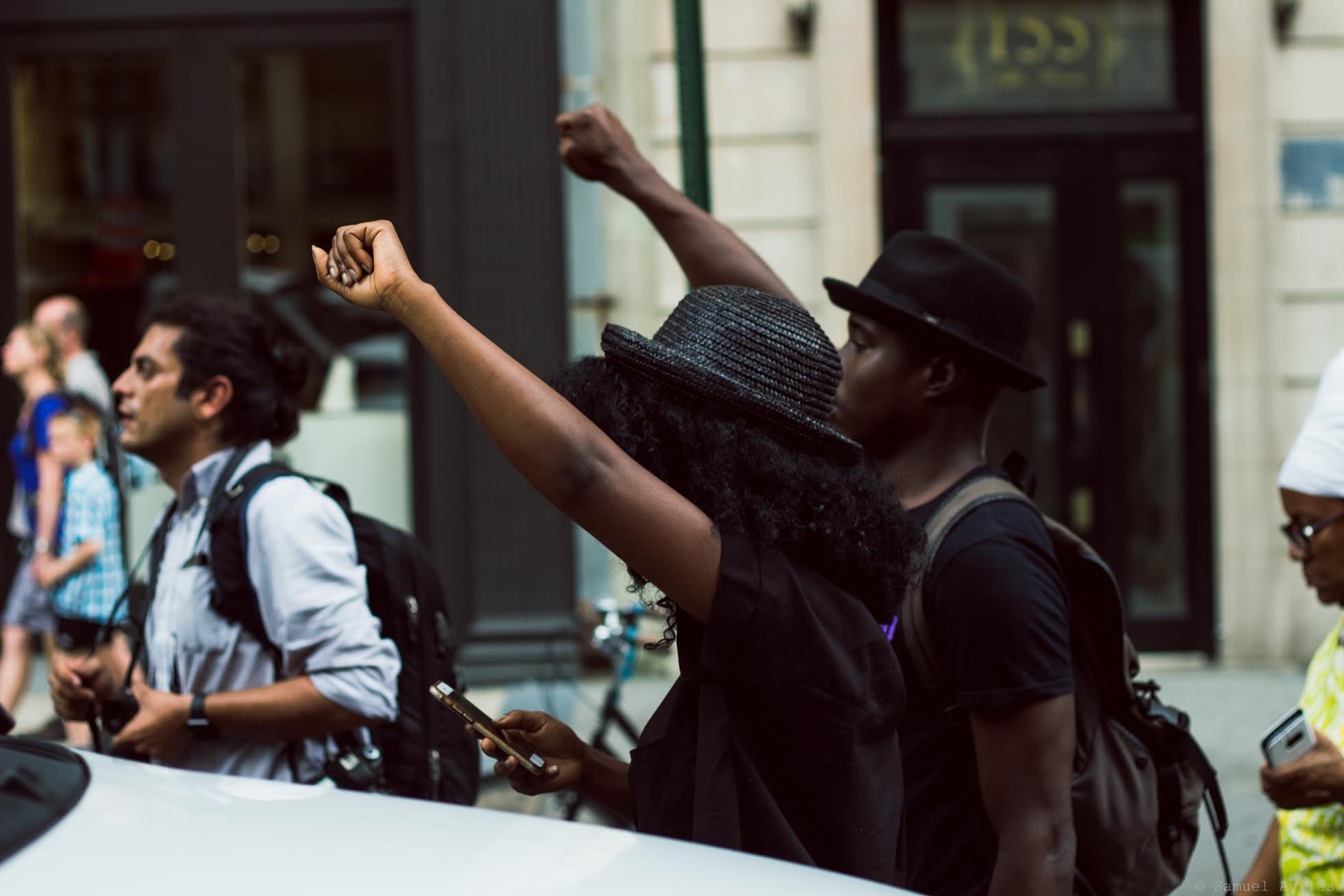
Here’s what occurred to me this time around with these particular events. Sure, there exist officers who are blatantly racist. What’s even scarier is that there exist many more officers who are racist without even knowing it.
“Definitely not me. I know I’m not a racist. I have black friends!”
If that was your reasoning for knowing you aren’t racist, genuinely ask yourself these following questions.
Do you get scared when you enter black neighbourhoods?
Cross the street when a black man walks your way at night?
Lock your doors at the sight of anyone black? Think of black people when you see the word “ghetto”?
Are you often surprised when a black person speaks eloquently?
Do you see a white man in sweatpants as an athlete and a black man in sweat pants as poor?
This is racism.
You wouldn’t see it as racism though because this is disguised as fear or just the usual stereotype. If it is nothing more than skin colour that instills fear in you or activates all the stereotypes in your mind, it’s racism. It is this same indirect and unchecked racism that leads to nothing more than a person’s skin colour activating the fear which prompts police officers to be more aggressive than usual.
“But whites are killed more by police.” Of course, America’s white population is larger. But what do we see more of in American media, which aims to please middle-class America?
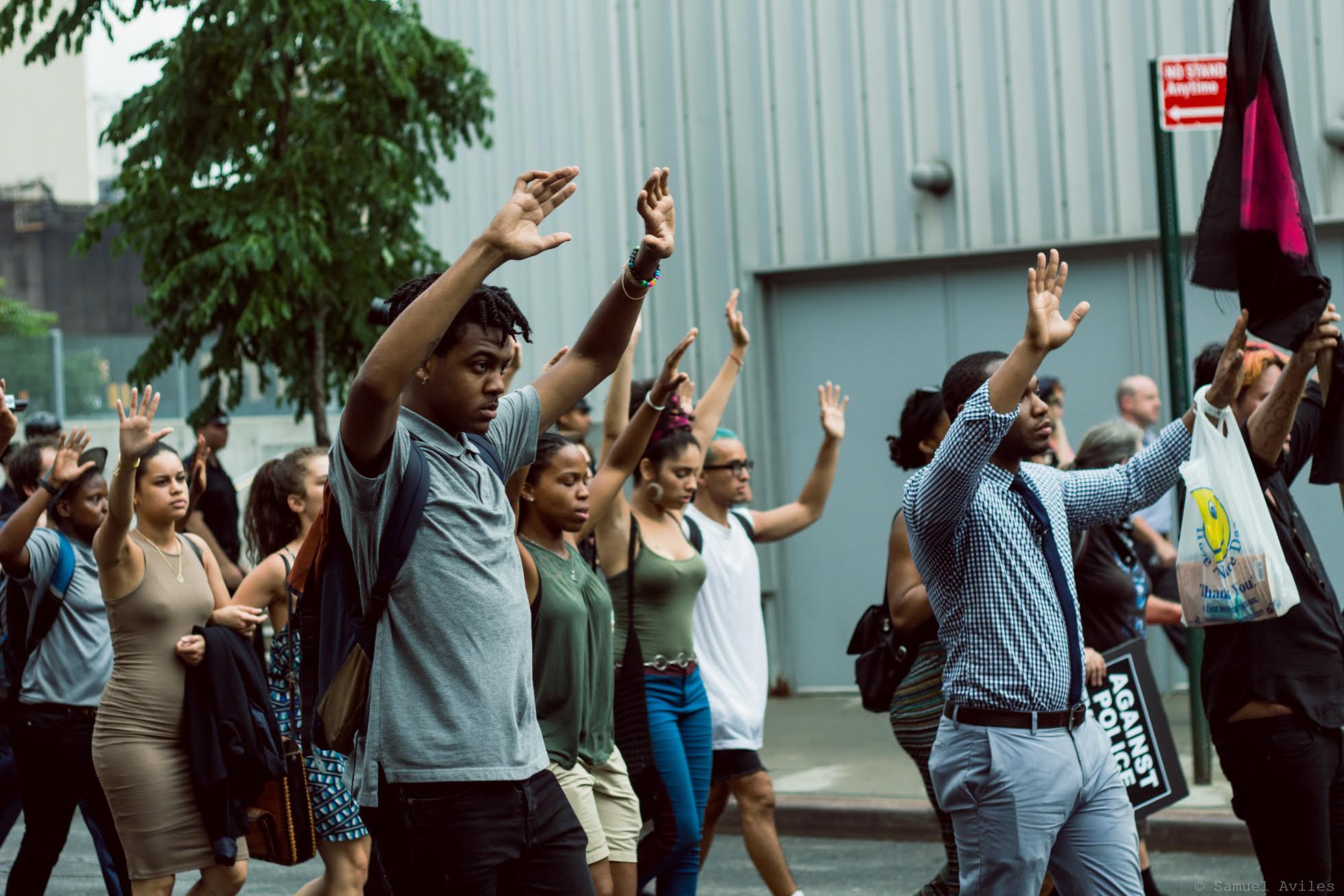
If white victims were publicised more, these protests would, no doubt, display banners with their names. When the victims are white, it is more likely that they were actually exhibiting threatening behaviour as opposed to black and Hispanic people who are disproportionately killed without exhibiting threatening behaviour.
And then we’re asked, “But what about black on black violence?” It’s irrelevant. It stems from poor education which stems from poverty. Does that excuse it? Of course not, but it’s a separate issue so why bring it up?
The protesters were not a bunch of rowdy people screaming that black lives are the holiest of all lives and all others are inferior. The protests are acting against the remnants from colonisation and slavery which still make it acceptable to kill a person on the basis of their race. The protests serve as a plea to establish a law enforcement service which people of colour need not fear.
After all, how do you call for help when the “help” just murdered your boyfriend?
